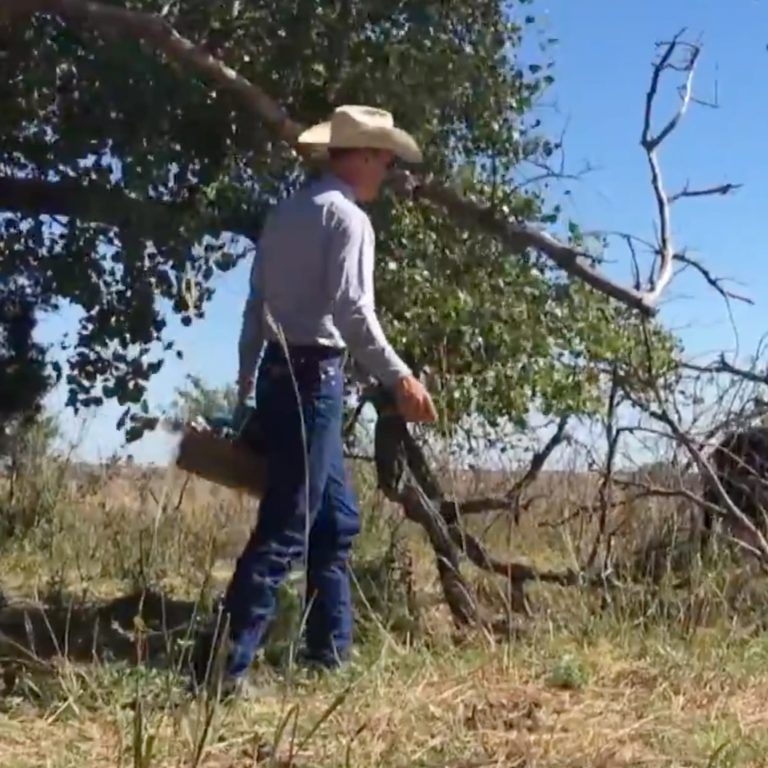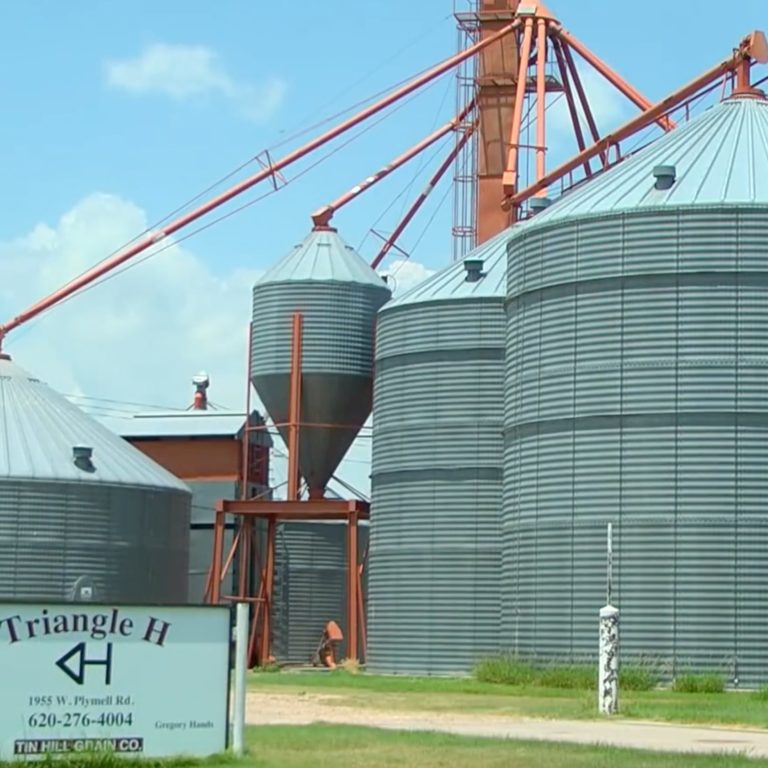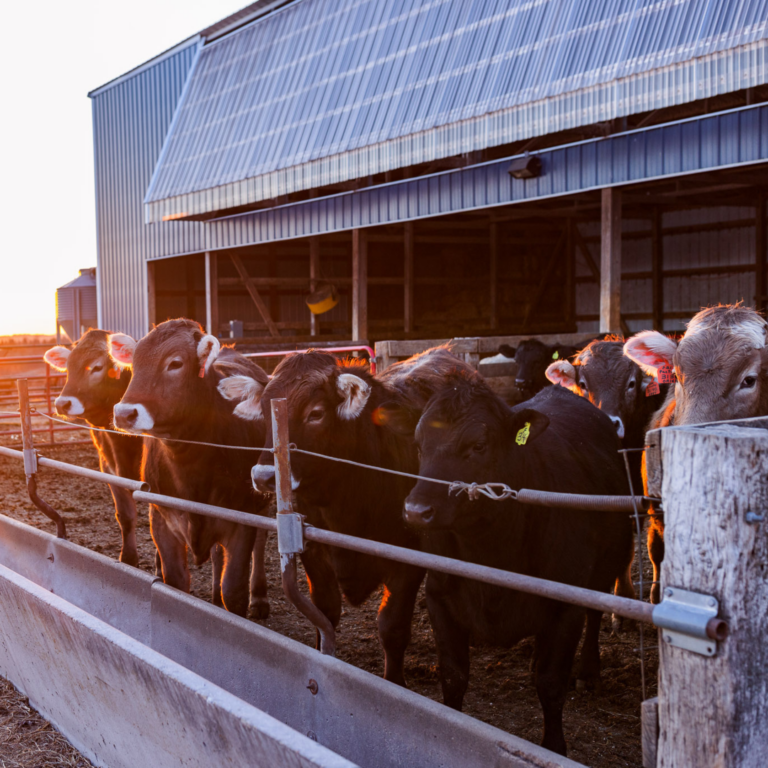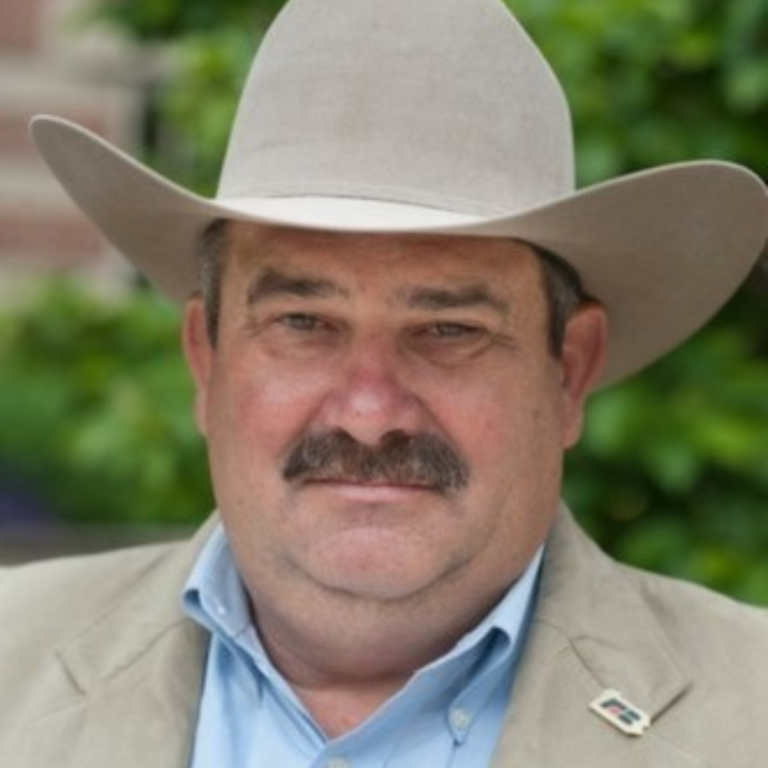Pass It On! Generation to Generation
The Beef Industry Long Range Plan (LRP) is developed every three to five years and lays out aggressive goals to strengthen the beef industry. As part of this initiative, the Beef Checkoff interviewed cattlemen and women across the country to hear the checkoff is helping them for long-term success on their operations.
Generation to Generation at A-Bar Ranch, Oklahoma

The future of agriculture is dependent upon our youth that are coming along.
Mike Armitage
The Armitage family at the A-Bar Ranch in Oklahoma says transitioning a beef operation from generation to generation can be difficult, but the Beef Checkoff is helping families ease that burden.
The average age of farmers and ranchers continues to increase. It is important there are resources in place that to promote the success of the beef industry to encourage young people to return to the ranch.
“As someone who has gone through a generational passing, I know how important it is that we take our money and we invest it in the right places,” says Sarah Armitage. “That one dollar give us so much for our return on our investment. I am excited about what the Beef Checkoff has to offer in terms of promotion and marketing–what it will return to us in the future.”
How does the Beef Checkoff Help?
Beef Checkoff plays an important role growing and maintaining beef demand, thus opening new opportunities for cattle producers to sustain their businesses for generations to come. That includes keeping close tabs on what consumers want in terms of end products, as well as sharing information regarding safe and sustainable beef production carried out by cattle producers — ensuring that’s what they find at the meat case when they go to purchase food for their families.
It’s no small task, but checkoff investments are part of the reason that beef demand has remained strong throughout the extremely tight supplies of recent years. In fact, a study by Dr. Harry Kaiser at Cornell University demonstrates that every checkoff dollar invested has a return on investment of $11.20. That means that every dollar invested by cattle producers returns $11.20 more to an operation than would have received without the checkoff in place.
The Beef Checkoff program was established as part of the 1985 Farm Bill. The checkoff assesses $1 per head on the sale of live domestic and imported cattle, in addition to a comparable assessment on imported beef and beef products. States may retain up to 50 cents on the dollar and forward the other 50 cents per head to the Cattlemen’s Beef Promotion and Research Board, which administers the national checkoff program, subject to USDA approval.


















































































